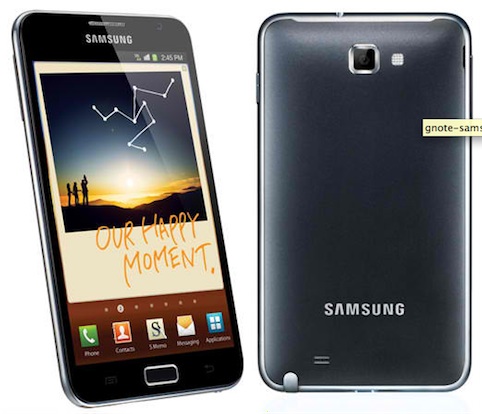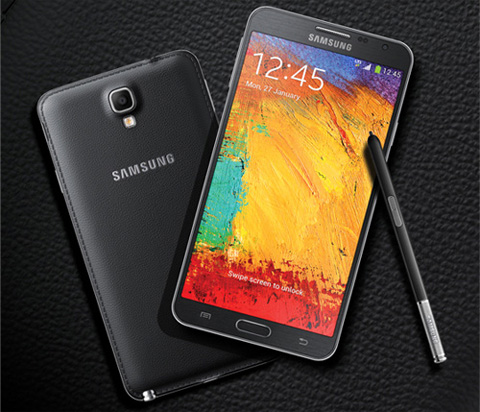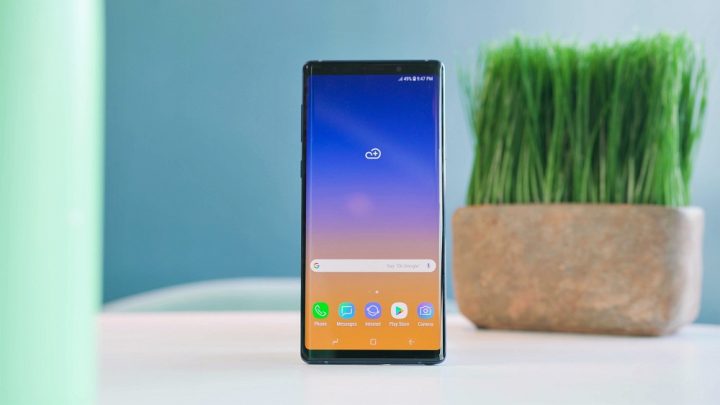Samsung recently launched their newest flagship and member of the Galaxy Note series, the Galaxy Note 9. It’s the company’s most powerful device to date, and also its most expensive. Previous Note devices were also expensive then but how much different is the Note 9’s pricing? Let’s find out.


The first Galaxy Note was introduced at the IFA 2011 in Berlin. It featured a 5.3-inch display which is considered massive at the time, a dual-core Exynos chipset, 1GB RAM, 8MP rear camera, stylus, 2,500mAh battery, and ran on Android 2.3.5 Gingerbread. It arrived in the Philippines in November 2011 for Php35,990.

The Galaxy Note 2 was also introduced at IFA Berlin in 2012. It packs a larger 5.5-inch screen, Exynos 4412 octa-core chipset, 2GB RAM, 8MP rear camera, 3,100mAh battery, upgraded digitizer, and Android 4.1.1 Jellybean. It launched in the Philippines in November 2012 for Php32,990.

The screen on the Galaxy Note just keeps getting larger, as the Note 3 packed a 5.68-inch screen. It still has a stylus and features a Qualcomm Snapdragon 800 chipset, 3GB RAM, 13MP rear camera, 3,200mAh battery, faux-leather cover, and Android 4.3 Jellybean. It arrived in the Philippines in September 2013 for Php36,990.

In 2014, Samsung unveiled the toned-down version of the Note 3 called the Note 3 Neo. It sports a 5.5-inch screen, Exynos 5260 hexa-core chipset, 2GB RAM, 8MP rear camera, stylus, 3,100mAh battery, and Android 4.3 Jellybean. It unofficially arrived in the country through resellers for Php27,990.

Next is the Galaxy Note 4 which was unveiled in September 2014 in IFA Berlin. It sports a 5.66 WQHD screen, Exynos 5433 octa-core chipset, 3GB RAM, 16MP rear camera, the S Pen, fingerprint sensor, heart-rate monitor, 3,220mAh battery, and Android 4.4.4 KitKat. It became available in the Philippines in November 2014 for Php37,990.

The Note Edge was announced alongside the Note 4. It features a unique 5.6-inch screen that curves on one side, a Snapdragon 805 chipset, 3GB RAM, 16MP rear camera, S Pen, 3,000mAh battery, and Android 4.4.4 KitKat. It arrived in the Philippines for a hefty Php43,990.

The Galaxy Note 5 was announced in August 2015. The hardware was based on the Galaxy S6 with a more premium metal frame and glass back. It features a 5.6-inch QHD display, Exynos 7420 octa-core chipset, 4GB RAM, 16MP rear camera, S-Pen, 3,000mAh battery, and Android 5.1 Lollipop. It became available in the Philippines for Php36,990 (32GB).

The Galaxy Note 7 was announced in August 2016 in New York. Its hardware is based on the Galaxy S7. It sports a 5.7-inch display, Gorilla Glass 5, Exynos 8890 octa-core chipset, 4GB RAM, 64GB storage, 12MP dual pixel rear camera, iris scanner, fingerprint scanner, heart-rate sensor, IP68-rating, 3,500mAh battery, and Android 6.0.1 Marshmallow. Sadly, the Note 7 was afflicated with serious battery issues which resulted to its early retirement in October 2016. It launched in the Philippines for Php39,990.

Almost a year after the launch of the Note 7 and a month before the unveiling of the Note 8, Samsung released the Note FE (Fan Edition), which is based on the old Note 7 hardware but with an updated Android 7.1.1 Nougat OS, and a smaller yet safer 3,200mAh battery. It sold in the Philippines at a lower price tag of Php32,990.

Samsung returned in the game with the launch of the Galaxy Note 8 in August 2017. It’s better than the predecessor in almost all aspects like its 6.3-inc 18.5:9 display, Exynos 8895 octa-core chipset, 6GB RAM, 64GB storage, 12MP dual rear cameras, USB Type-C, Iris scanner, Samsung DeX, a better S Pen, Android 7.1.1 Nougat, and a modest yet safe 3,300mAh battery. It launched in the Philippines for Php49,990.

Here comes the latest, the Galaxy Note 9. Samsung went all out with the upgrades and bested not just its predecessor but the Galaxy S9+ as well. It sports a 6.3-inch display, Exynos 9810 octa-core chipset, up to 8GB RAM, up to 512GB storage, dual rear cameras, heatpipe cooling, Samsung DeX without the docking station, Android 8.1 Oreo, and a large 4,000mAh battery. The specs though came with a hefty price tag of Php55,590 for the 6GB RAM + 128GB storage model, and Php75,990 for the 8GB RAM + 512GB storage option. The Note 9 is also the first Galaxy device to break such price barriers.
And that sums up the pricing history of the Samsung Galaxy Note series. Given the pricing of the new Note 9, we wonder how much the next one will cost. Which one is your favorite? Let us know in the comments section below.

YugaTech.com is the largest and longest-running technology site in the Philippines. Originally established in October 2002, the site was transformed into a full-fledged technology platform in 2005.
How to transfer, withdraw money from PayPal to GCash
Prices of Starlink satellite in the Philippines
Install Google GBox to Huawei smartphones
Pag-IBIG MP2 online application
How to check PhilHealth contributions online
How to find your SIM card serial number
Globe, PLDT, Converge, Sky: Unli fiber internet plans compared
10 biggest games in the Google Play Store
LTO periodic medical exam for 10-year licenses
Netflix codes to unlock hidden TV shows, movies
Apple, Asus, Cherry Mobile, Huawei, LG, Nokia, Oppo, Samsung, Sony, Vivo, Xiaomi, Lenovo, Infinix Mobile, Pocophone, Honor, iPhone, OnePlus, Tecno, Realme, HTC, Gionee, Kata, IQ00, Redmi, Razer, CloudFone, Motorola, Panasonic, TCL, Wiko
Best Android smartphones between PHP 20,000 - 25,000
Smartphones under PHP 10,000 in the Philippines
Smartphones under PHP 12K Philippines
Best smartphones for kids under PHP 7,000
Smartphones under PHP 15,000 in the Philippines
Best Android smartphones between PHP 15,000 - 20,000
Smartphones under PHP 20,000 in the Philippines
Most affordable 5G phones in the Philippines under PHP 20K
5G smartphones in the Philippines under PHP 16K
Smartphone pricelist Philippines 2024
Smartphone pricelist Philippines 2023
Smartphone pricelist Philippines 2022
Smartphone pricelist Philippines 2021
Smartphone pricelist Philippines 2020
GadgetFreak says:
I used to have a Samsung phone but due to bad experience i switched to Sony xperia which thankfully is still running smoothly even it’s already 3 and half years. The problem with most Samsung phones is it tends to have significant reduction in performance. My friend’s note 8 is a pain in the azz because it became sluggish after just a year use. She also said it’s laggy and has a lot of bloatware.
Charm says:
It’s called ‘lagwiz’. Haha
Rhufel Rivera says:
Can you do this to the s series from s to s9 plus